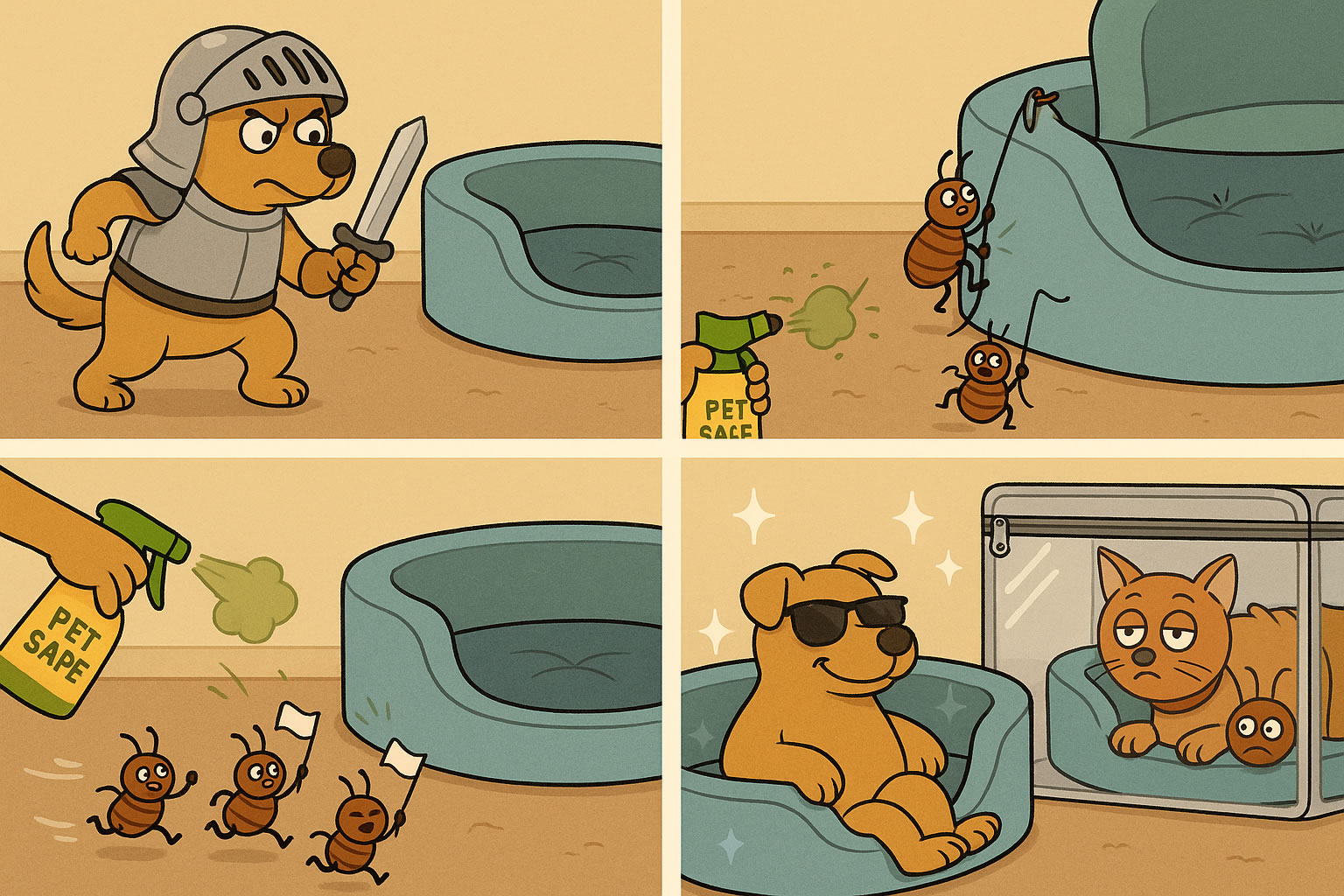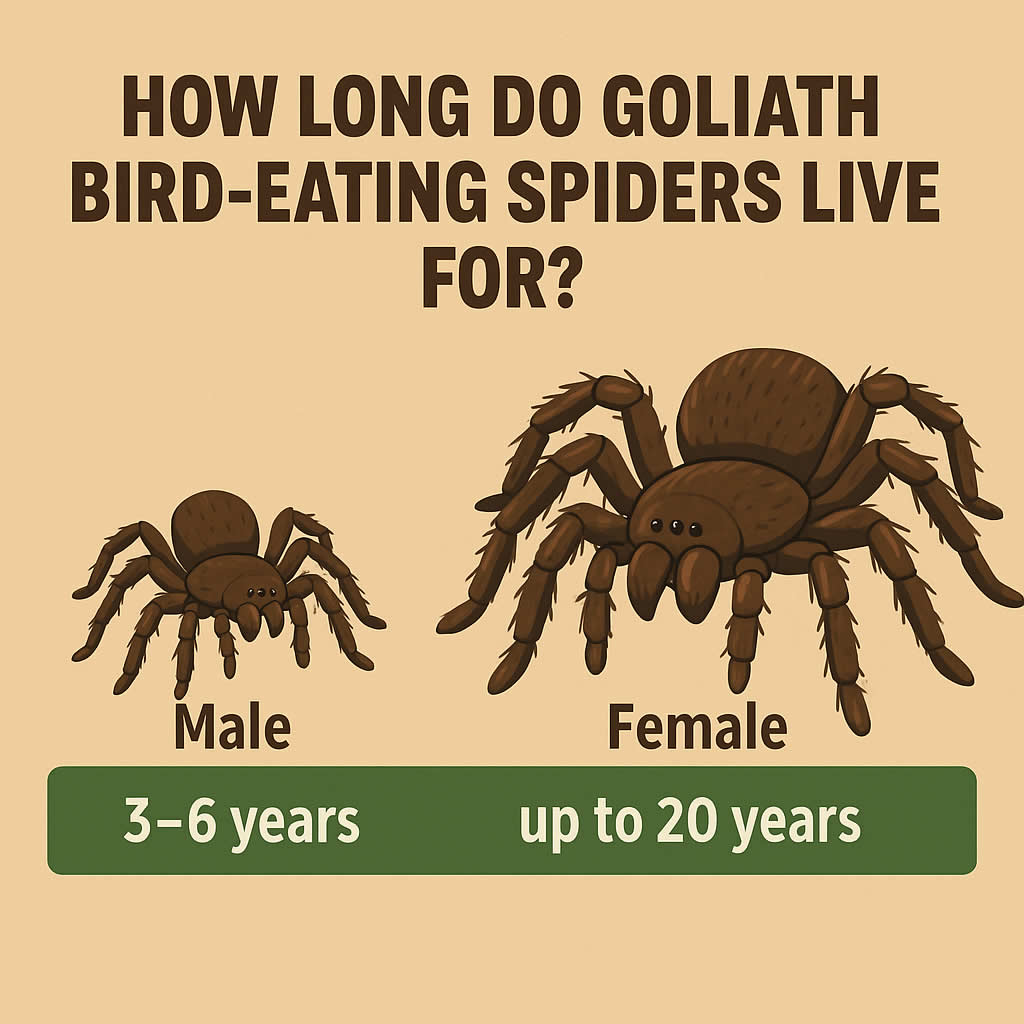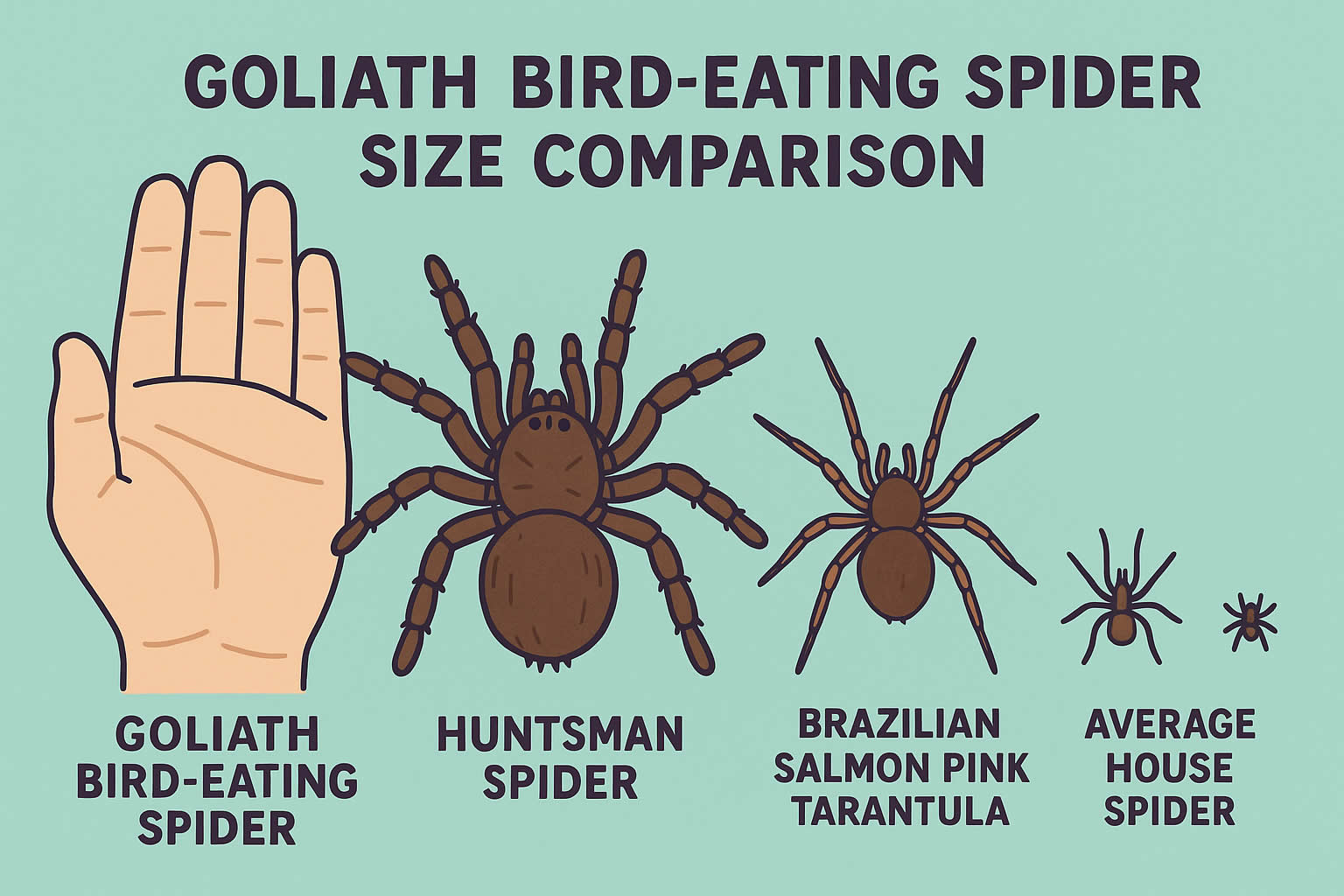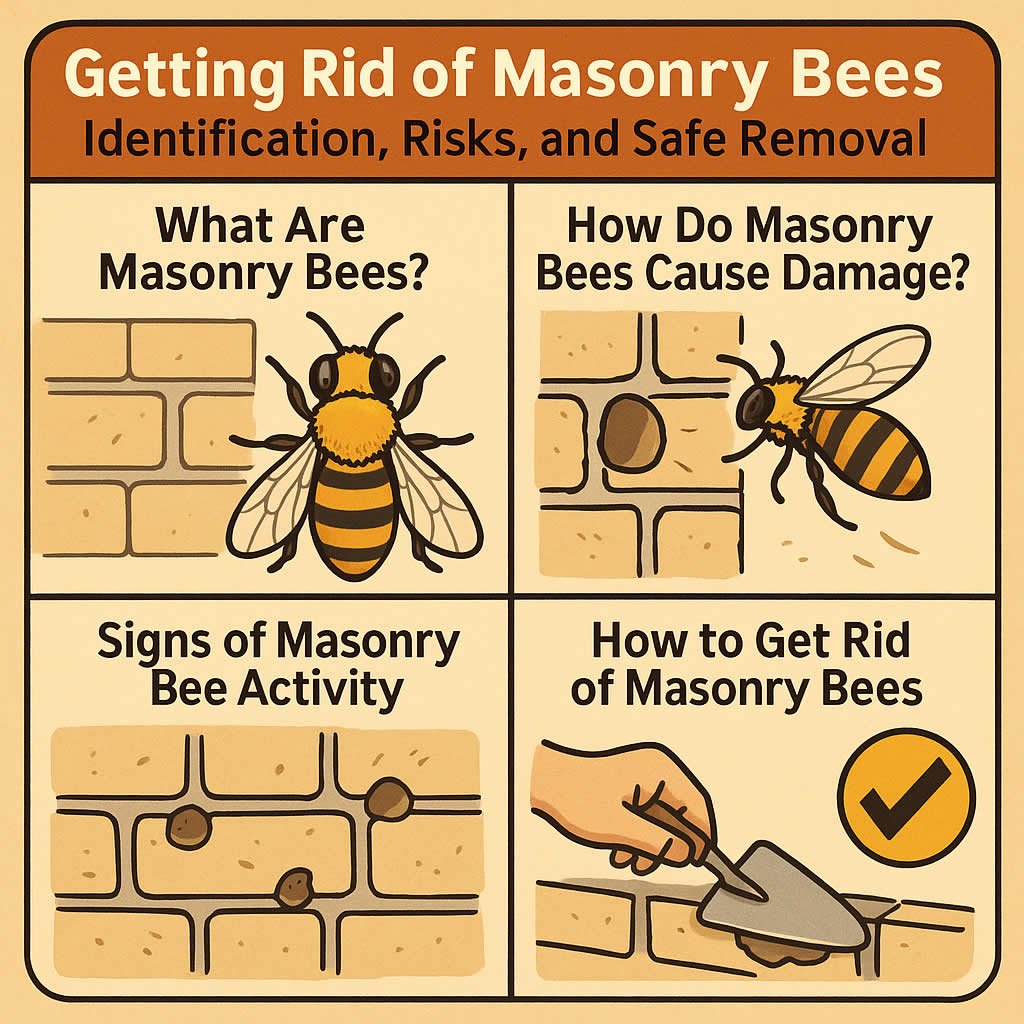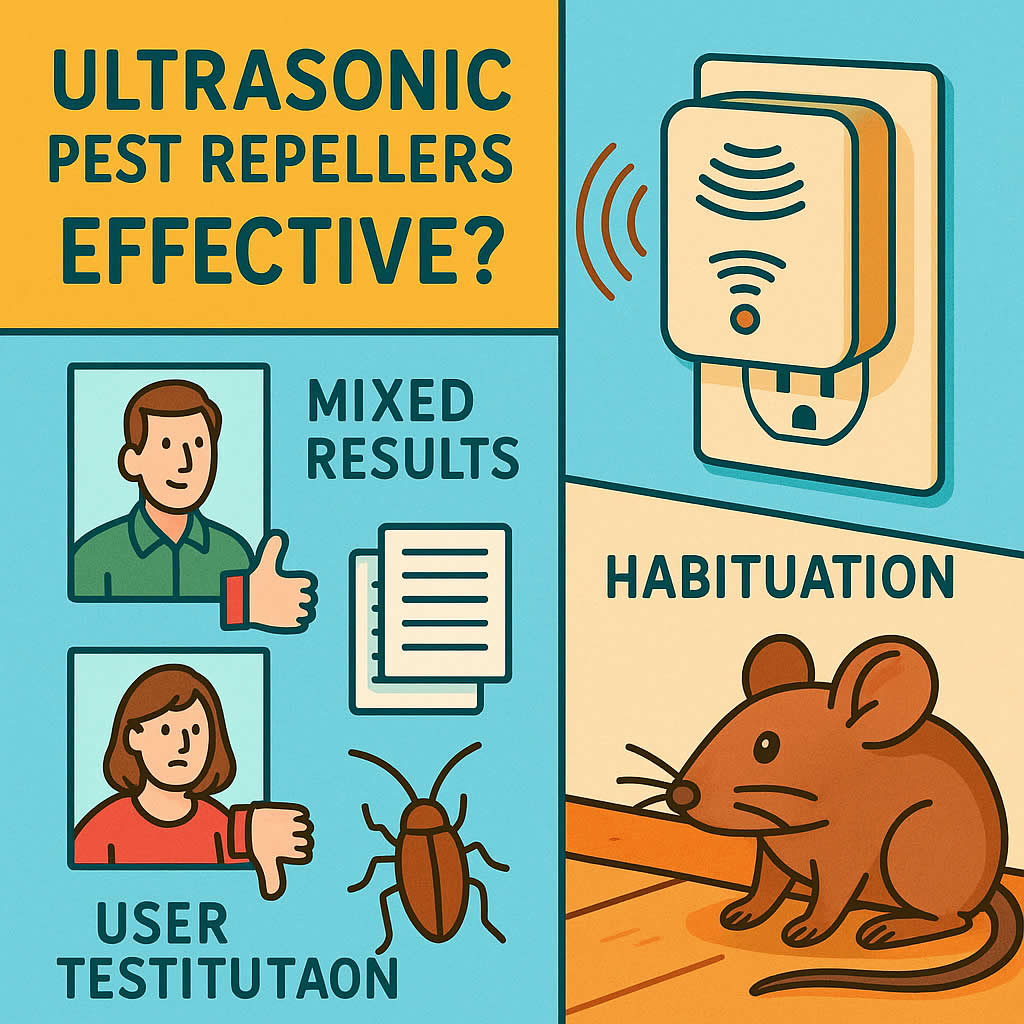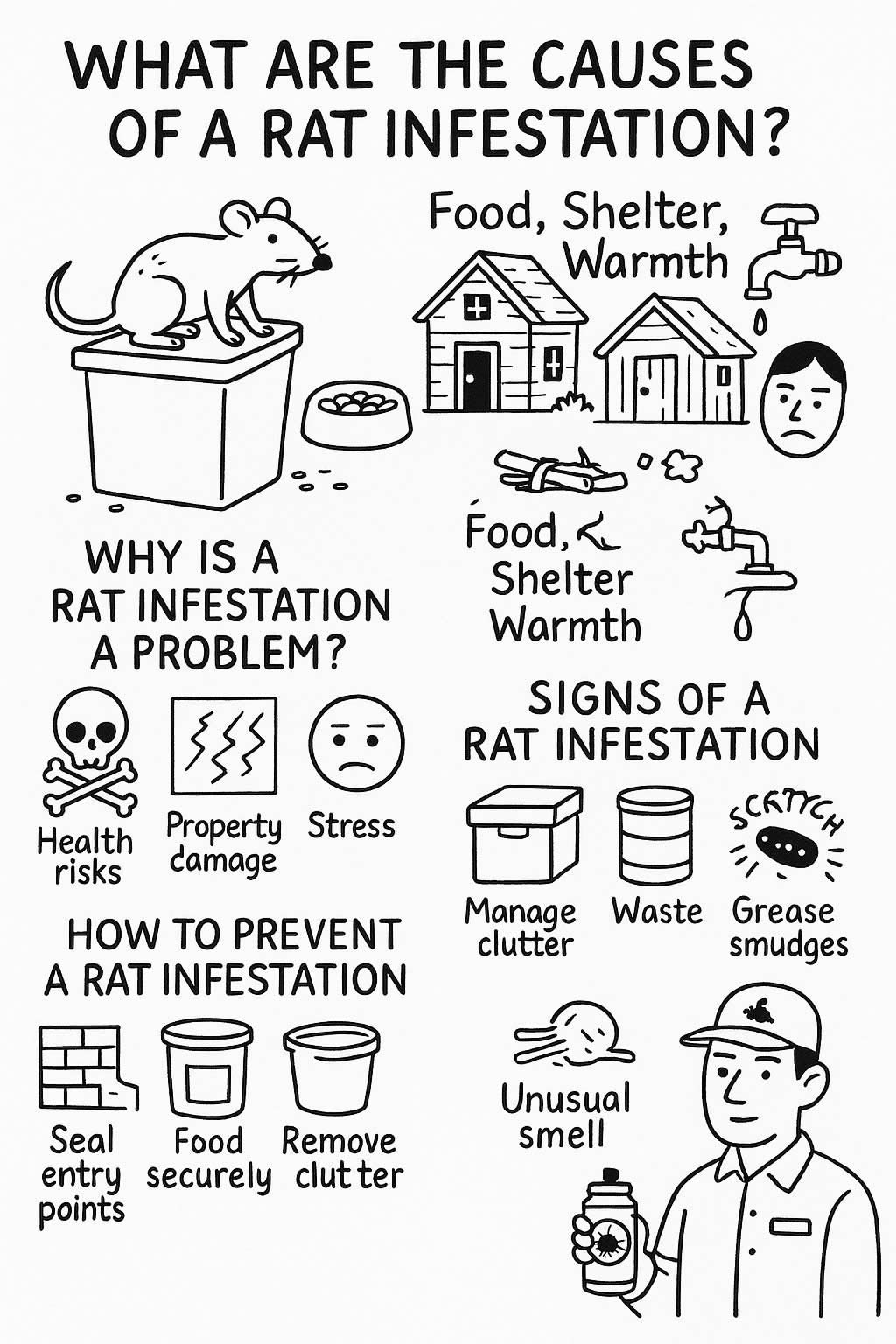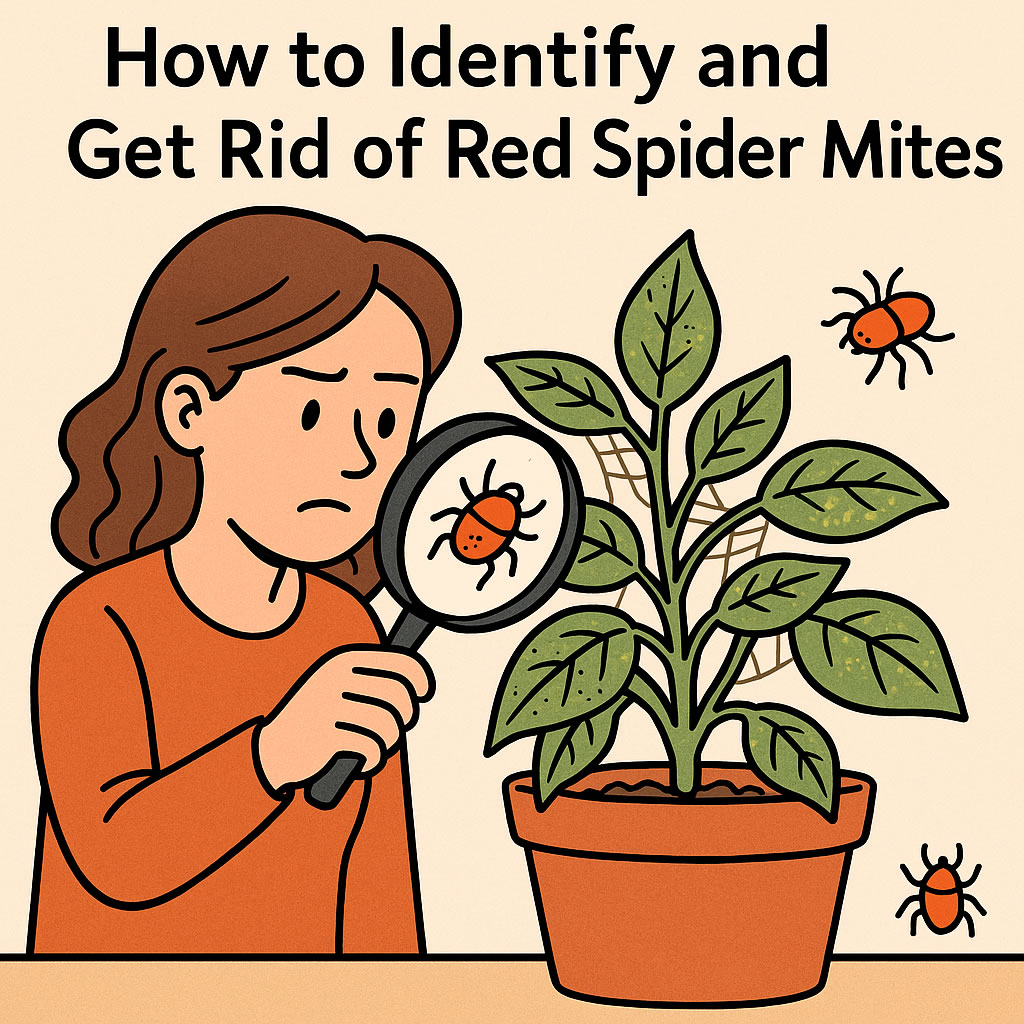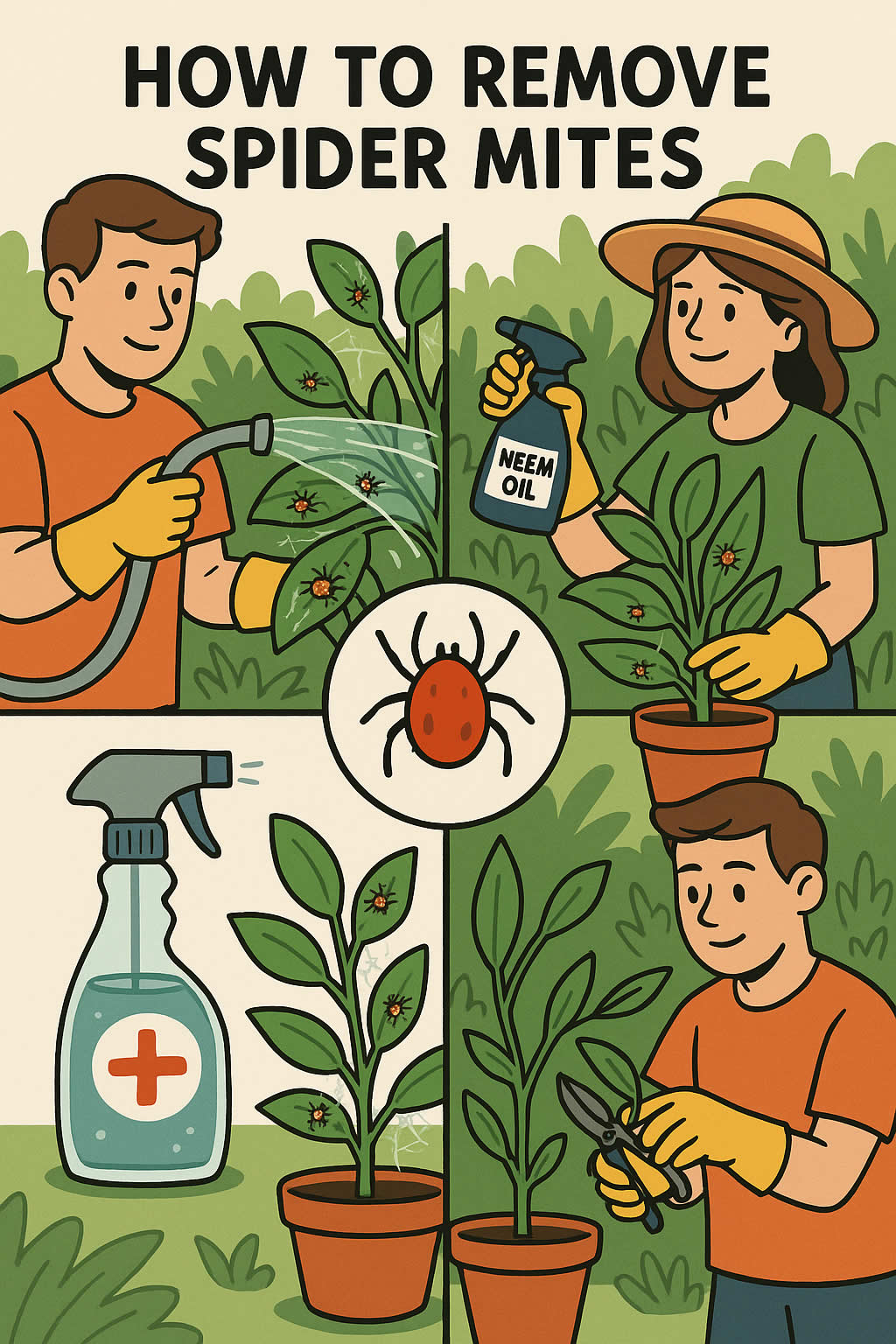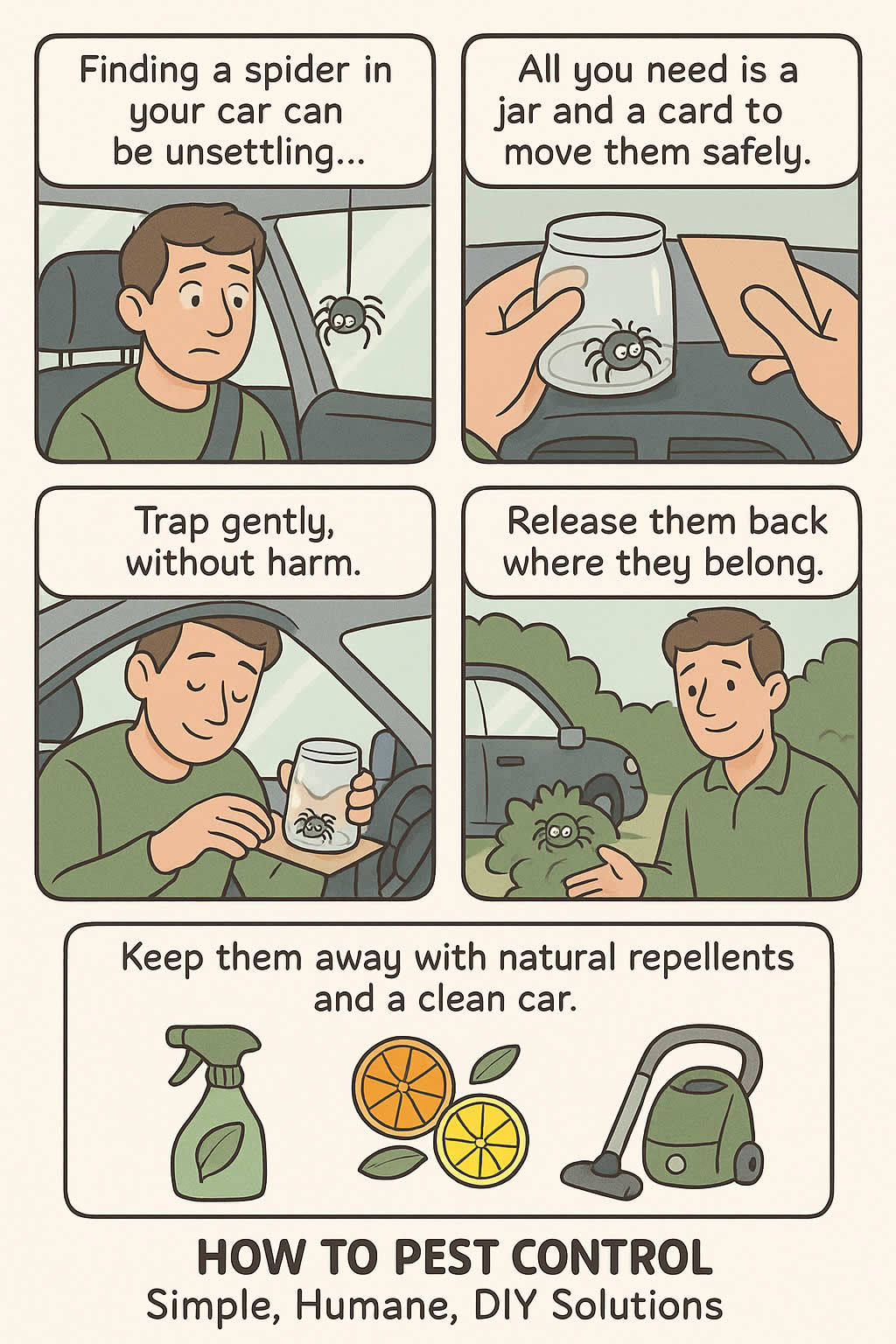Related Queries
ToggleIf you’ve ever dealt with bed bugs, you’ll know how stressful it can be. But when you throw pets into the mix, it gets even more complicated. You’re not just trying to protect your bed and your home anymore—you’re trying to make sure your furry friends stay safe too. That’s what this post is all about. You’ll learn how to spot the signs early, keep your pets protected, and handle treatment without putting them at risk.
Can Bed Bugs Live on Pets?
Let’s get something clear straight away—bed bugs don’t live on pets like fleas or ticks do. They don’t burrow into fur or lay eggs on skin. They hide in crevices, mattresses, furniture, and fabric. That said, they will feed on pets if the opportunity’s there.
If your dog or cat sleeps in your bed or lounges on the sofa where bed bugs are hiding, they might get bitten. And while a bed bug bite isn’t usually dangerous to your pet, it can cause irritation, scratching, and anxiety.
So even if the bugs aren’t hitching a ride in the fur, your pets are still at risk.
What Do Bed Bug Bites Look Like on Pets?
It’s a bit harder to spot bed bug bites on animals than it is on people. On you, they’ll show up as small, red, itchy welts—often in a line or a cluster. On pets, the signs are more subtle. You might notice:
- Excessive scratching or licking
- Restlessness at night
- Tiny red spots on the belly, ears, or limbs
- Scabs or hair loss in irritated areas
It’s easy to mistake these signs for flea bites or skin allergies. But if you’ve already seen signs of bed bugs at home—like blood spots on sheets or tiny brown bugs in creases—then your pet’s symptoms could well be related.
Can Pets Carry Bed Bugs into the House?
Not directly. Bed bugs prefer smooth, warm areas to hide—think bed frames, cracks in the wall, or under carpet edges. Unlike fleas, they don’t cling to hair or fur.
But there is a small chance your pet could carry a single bed bug from one place to another, especially if they’ve been in an infested area like a hotel or someone else’s home. A bug might crawl onto a blanket or soft toy and get carried in that way. So while your pet isn’t the main threat, they can be part of the problem.
Are Bed Bug Treatments Safe for Pets?
That depends on the type of treatment you’re using. Chemical sprays, powders, and foggers can be dangerous to pets—especially if they contain pyrethrins or permethrin, which are toxic to cats.
Before using any pesticide or insecticide, read the label carefully. Look for pet-safe alternatives or speak to a pest control company that knows how to treat a home without harming animals.
Some safer options include:
- Heat treatment (raising the temperature of your home to over 50°C to kill all life stages of bed bugs)
- Silica dust (a fine powder that dehydrates bed bugs but doesn’t harm pets)
- Diatomaceous earth (natural and non-toxic if food grade, but still best used with care around pets)
Whatever you use, always remove your pets from the treated area. Only bring them back once everything’s been cleaned, aired out, and approved as safe.
How To Prevent Bed Bugs from Biting Your Pets
Once you know you’ve got a bed bug problem—or suspect you might—it’s time to take action. Here’s how you can protect your pets while tackling the issue:
- Wash Bedding and Pet Accessories Regularly
Start by washing your pet’s bedding, blankets, and soft toys on a hot cycle (60°C or above). Dry them on the highest setting too, as heat is one of the most effective ways to kill bed bugs. - Use Pet-Specific Bed Bug Barriers
Just like you can buy mattress encasements for yourself, you can also find protective covers for your pet’s bedding. These zip up tightly, stopping bed bugs from getting in or out. - Vacuum Daily Around Sleeping Areas
Focus on floors, baseboards, skirting boards, and corners near your pet’s bed. Use a crevice tool and empty the vacuum immediately into a sealed bag—then get it out of the house. - Keep Your Pet’s Sleeping Area Separate
If your own bed is infested, avoid letting your pet sleep with you until it’s been fully treated. Move their bed to a different room if you can, ideally somewhere with hard floors and minimal soft furnishings. - Monitor for Signs of Bites or Behaviour Changes
Keep an eye out for any changes in your pet’s routine. If they seem uncomfortable, anxious, or start scratching more than usual, it might be time to look closer for signs of bed bugs nearby.
When To Call in a Professional bed bug remover.
If you’re trying everything and still seeing signs of bed bugs—or worse, they’re spreading—it’s probably time to bring in the experts. Professional pest controllers can inspect your home, confirm the infestation, and offer treatment options that are safe for pets.
Make sure you tell them you’ve got animals in the house. They’ll take the right steps to keep your dog, cat, rabbit, or any other pet out of harm’s way.
Heat treatments are especially effective and don’t involve chemicals. They’re a good choice if you’re worried about toxicity or just want the quickest, most thorough solution.
Can Bed Bugs Make Pets Sick?
They can definitely make your pet uncomfortable, but bed bugs don’t usually carry diseases like fleas or ticks might. The main problems are irritation and stress.
That said, some pets may scratch or chew at bites until they break the skin. This could lead to infections if not treated. And in very rare cases, allergic reactions could cause swelling or breathing problems—so if your pet shows severe symptoms, get them checked by a vet.
How Long Do Bed Bugs Live Without Feeding on Pets?
Bed bugs can survive for several months without a meal. So even if you’re away for a bit or your pet isn’t sleeping in the usual spot, the bugs might just wait it out.
That’s why full treatment is so important. It’s not enough to just move your pet or switch beds. You’ve got to get rid of the bugs completely, or they’ll keep coming back.
How To Spot Bed Bugs in Pet Beds
Check the seams and creases of your pet’s bed. You’re looking for small black specks (droppings), pale shed skins, or even tiny reddish-brown bugs themselves. You might also see rust-coloured stains from crushed bugs.
If the bed’s infested, it’s often best to throw it away and start fresh—especially if it’s made of soft, thick fabric that’s hard to clean.
If you’re keeping the bed, wash it on a hot cycle and dry it thoroughly, then seal it in an encasement to trap any remaining bed bugs inside.
How To Treat Your Home Without Hurting Your Pets
You’ve got a few pet-safe options when it comes to treating your home:
Heat treatment: Pest control companies can raise your room temperatures high enough to kill bed bugs and their eggs without any chemicals. It’s expensive but highly effective.
Steam cleaning: High heat steamers can kill bed bugs on contact. Use one on mattresses, sofas, skirting boards, and pet beds—but keep pets well away while it’s being done.
Diatomaceous earth (food grade): This natural powder damages the bug’s exoskeleton and dries them out. It’s safe around pets in small amounts but avoid letting them breathe it in.
Essential oils: Some people try using lavender or tea tree sprays, but these can be toxic to pets—especially cats. Avoid essential oils unless a vet or pest expert says it’s safe.
Final Tips To Keep Your Pets Bed Bug-Free
Don’t assume that because your pet has fur, they’re protected. They might not be a bed bug’s first choice, but they can still be bitten—and they can still suffer from it.
If you’re travelling, check hotel rooms carefully before letting your pet inside. Use protective covers on their bed at home. Wash and dry their stuff regularly. And keep a close eye out for signs—on their skin, in your furniture, and around your home.
Common Questions About Pets and Bed Bugs
Do bed bugs prefer pets or humans?
They’ll always choose humans if we’re nearby, because our skin is exposed and easier to bite. But if your pet’s the only warm body around, they’ll feed on them too.
Can I use flea treatment to protect my pet from bed bugs?
No. Flea treatments don’t affect bed bugs. They’re a completely different type of insect. Using extra flea treatments won’t help—and could actually harm your pet if overused.
Are cats more sensitive to bed bug sprays than dogs?
Yes. Cats are especially vulnerable to certain chemicals like permethrin, which is fine for dogs but toxic to cats. Always check the label, and ask your vet if you’re unsure.
What’s the best way to keep my pet safe during pest control treatment?
Remove them from the house if you can. Arrange for a friend or family member to look after them for a few hours. Only bring them back once it’s fully aired out and safe again.
Should I throw out my pet’s bed if I find bed bugs?
It depends. If it’s heavily infested, it might be safer to get rid of it. If you want to keep it, wash and dry it thoroughly, then seal it in an encasement or keep it somewhere isolated.
Final Thoughts
You want your home to be a safe, comfortable place for your pets—and bed bugs threaten that. While they won’t live on your dog or cat, they can still bite and cause distress.
By staying alert, treating your home carefully, and choosing safe, pet-friendly methods, you can beat the bugs without putting your furry friend at risk.
Always trust your gut. If something doesn’t feel right with your pet—or your home—get help early. Because the sooner you deal with bed bugs, the easier they are to get rid of.
And when it comes to your pets, a little extra care goes a long way.
Pest Control Holywell – Pest Control Fancott – Pest Control Wixams
